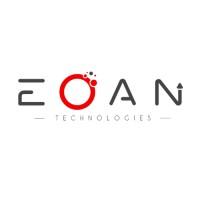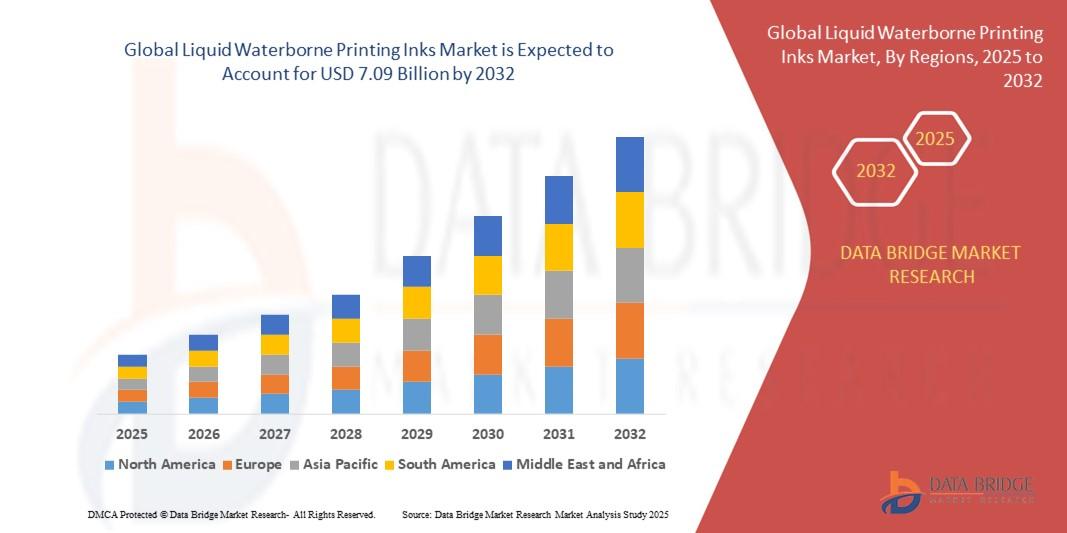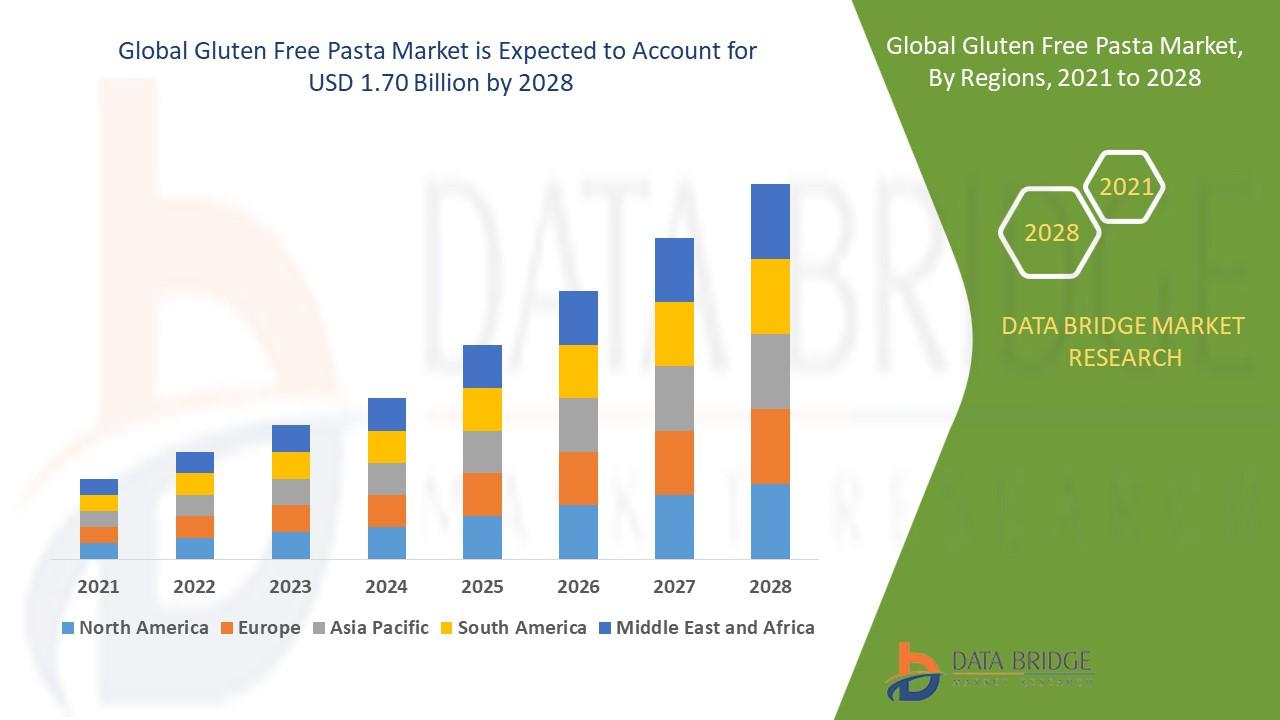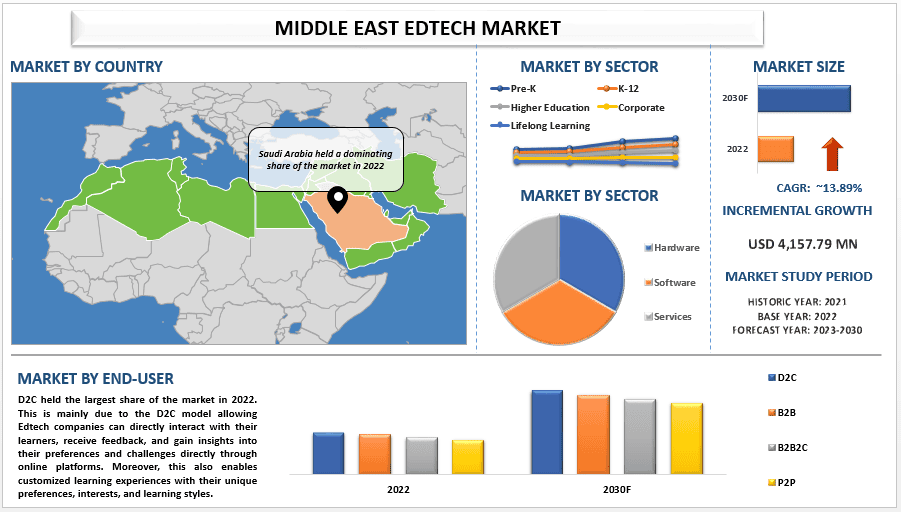The Role of AI-Driven Talent Sourcing Software in 2025 Hiring

Hiring in 2025 is a data problem, a speed problem, and a quality problem all at once. Teams must find qualified candidates across noisy platforms, move quickly enough to secure interest, and maintain a consistent candidate experience that reflects the brand. AI-driven talent sourcing software helps solve these challenges by turning scattered signals into actionable shortlists, automating outreach without losing personalization, and giving recruiters clear feedback loops to improve every week. For lean teams and scaling startups, it is no longer a nice to have. It is part of the core hiring stack.
What “AI-driven” means in practical terms
AI in recruiting is most useful when it quietly improves the core tasks recruiters do every day. In 2025, the best systems use machine learning models and retrieval techniques to:
- Parse large data sets of profiles, resumes, and social footprints to recommend high intent candidates.
- Expand or refine Boolean strings with synonyms, adjacent skills, and inferred seniority.
- Enrich sparse profiles with verified contact details and context such as tenure or tech stacks.
- Score candidates against a job requirement and past successful hires to rank a list automatically.
- Draft tailored outreach that references a candidate’s background while matching brand tone.
Surface next best actions, such as who to follow up with today based on reply probability.
When AI-driven Talent Sourcing Software focuses on these essentials, teams see faster shortlists, higher response rates, and less manual effort per role.
Why AI matters for sourcing in 2025
- Signal overload is the first reason. Recruiters face millions of profiles and ever-changing skills. AI helps cut through noise by clustering similar candidates, inferring adjacent competencies, and identifying patterns that match your definitions of top performers.
- Speed to conversation is the second reason. Many great candidates are passive. Reaching them at the right moment with the right message requires precise timing and prioritization. AI-driven systems forecast reply likelihood, schedule outreach at optimal hours, and suggest message variants that historically perform well for a given role.
- Learning loops are the third reason. Traditional sourcing is linear and manual. Modern systems learn from every open, reply, pass, interview, and offer. Over time, models adapt to your company’s hiring bar, your market, and your brand voice.
How AI changes each stage of sourcing
1) Job intake and calibration
AI can draft the first version of a target profile using your job description, previous successful hires, and market data. It highlights must-have skills versus optional ones, and flags unrealistic combinations. This removes ambiguity before search begins.
2) Search and discovery
Instead of hand-coding long Boolean strings, recruiters start with a short query. The software expands it with skill synonyms, certifications, and adjacent roles. It also detects transferable experience, such as candidates who built similar systems in different industries. This makes the initial pool both wider and more relevant.
3) Prioritization and scoring
Candidate scoring ranks profiles using your criteria and outcome data from prior hires. For example, if engineers with specific framework experience have stronger pass rates to onsite, the system weights those signals more heavily. Recruiters spend time on the candidates most likely to convert.
4) Personalized outreach at scale
AI drafts messages that reference the candidate’s background, location, or portfolio. It can match tone guidelines that you set and A/B test subject lines automatically. The best platforms ensure every message sounds human, concise, and relevant. Recruiters approve in seconds and launch multichannel sequences.
5) Follow up and nudging
Reply prediction models suggest who to follow up with today and when. If a candidate opened but did not reply, the system schedules a gentle nudge with a fresh angle. These micro-optimizations add up to higher conversion.
6) Feedback collection and continuous learning
Every outcome feeds the model. If hiring managers pass on a subset of profiles, the system learns to adjust future recommendations. If specific phrases boost replies for product roles, those phrases become templates. The loop makes AI-driven talent sourcing software better each week.
Measurable benefits for teams
Shorter time to shortlist
Saved searches, automated expansion, and ranking cut days from the top of the funnel. Recruiters present strong slates to hiring managers faster, which accelerates the entire pipeline.
Higher reply and meeting rates
Personalized outreach and optimal send times increase connection. Even modest lifts in open and reply rates compound across dozens of roles.
Better candidate quality
Relevance improves when models learn your standards. Over time, you see more first round passes to onsite and fewer misaligned conversations.
Lower sourcing cost
With stronger in-house capability, teams rely less on agencies and reduce spend on low performing job ads. The software pays for itself when it replaces even a small portion of external fees.
Evaluating AI-driven talent sourcing software
When selecting a platform, avoid chasing long feature lists. Focus on how well the tool helps your team perform core sourcing work.
- Search strength. Can it handle complex queries, infer adjacent skills, and surface diverse profiles without manual gymnastics.
- Quality of enrichment. Are emails and titles accurate. Does the system provide context like tenure, projects, or publications.
- Outreach performance. Look at reply rates during a pilot. Can you maintain a consistent brand voice while personalizing at scale.
- Analytics you will use. Track time to shortlist, reply rate by channel, first interview rate, and offers by source. Dashboards should be simple, reliable, and actionable.
- ATS and collaboration integrations. A smooth sync avoids duplicates and lost notes. Hiring managers should be able to review shortlists and give precise feedback without friction.
- Privacy and compliance. Ensure clear consent controls, candidate data rights handling, and jurisdiction coverage. In 2025, compliance is a non negotiable.
Run a live test on a real role for two weeks. If time to shortlist drops and reply rates rise, that is strong evidence the platform fits.
Ethical and compliance considerations
Responsible sourcing is good business. Make sure the software supports:
- Bias monitoring with transparent inputs and audit logs. Recruiters should understand why candidates were recommended and be able to challenge results.
- Consent and data retention that follow local regulations. Candidates must be able to opt out and have data removed on request.
- Candidate experience safeguards such as throttle limits and message variation to prevent spammy sequences.
Well implemented AI helps you meet higher fairness and privacy bars while improving efficiency.
Playbook for rollout in 30 days
Week 1
Pick two priority roles. Define success metrics. Import historical hiring outcomes if available. Connect ATS and collaboration tools. Align with hiring managers on must haves and nice to haves.
Week 2
Build search templates and calibration lists. Launch the first outreach sequences. Review initial analytics daily and adjust subject lines, message length, and value propositions.
Week 3
Scale to additional channels. Introduce follow up logic driven by reply predictions. Start manager review inside the platform to speed feedback.
Week 4
Document learnings. Freeze the best performing templates. Set weekly rituals to track time to shortlist, reply rate, and qualified introductions. Expand to a second function such as sales or product.
This disciplined rollout turns the tool from an experiment into a reliable engine.
Where this is heading after 2025
The next wave will blend AI-driven talent sourcing software with deeper talent intelligence. Expect stronger skills graphs that map emerging technologies, real time labor market data, and workload-aware capacity planning for recruiting teams. Sourcing will link tighter with onboarding and internal mobility, so the same models guide who to hire and how to ramp them effectively.
Bottom line
Teams that win hiring in 2025 standardize on AI-driven talent sourcing software to power the top of the funnel. The software makes search smarter, outreach faster, and learning continuous. It reduces noise, amplifies what already works, and lets recruiters focus on the human parts of the job that close great candidates. With clear metrics, strong integrations, and ethical guardrails, it becomes a durable advantage for any company that needs to scale.








